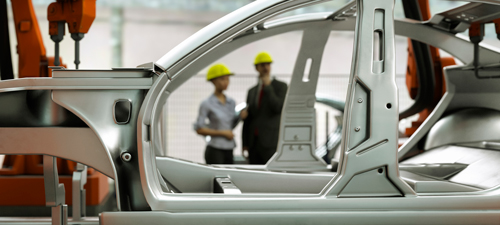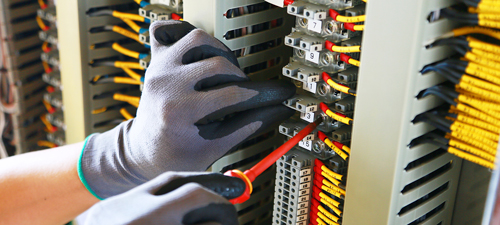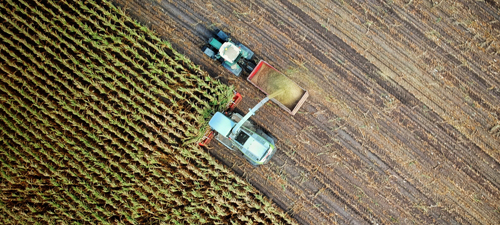Plenty of pivotal moments in history have no doubt been decided over a billiards game but did you know the story of modern injection molding starts here as well?
THE HISTORY OF PLASTIC INJECTION MOLDING
In 1868, John W. Hyatt patented a process that produced a product he called celluloid, which he used as a replacement for ivory in billiard balls. Just four years later, in 1872, he became the first to inject hot celluloid into a mold. He and his brother Isaiah patented an injection molding machine that used a plunger to inject plastic through a heated cylinder and into a mold. Some of the early products created using celluloid included collar stays, buttons and, as the hairstyles of the day grew longer, hair combs.
WORLD WAR II AND MASS PRODUCTION
The original injection molding process remained by and large unchanged until 1946 when World War II created a huge demand for inexpensive, mass-produced products. James Hendry built the first screw injection molding machine and revolutionized the plastics industry. Suddenly all kinds of things were possible that had been out of reach before, like adding color to virgin material and pre-mixing before injection. Even today, roughly 95% of all molding machines now use screws to efficiently heat, mix and inject plastics into molds.
BAKELITE CREATES MORE UNIFORM PRODUCTION
But who knows what would have become of plastic injection molding history without the creation of Bakelite—the first ever plastic made from a synthetic polymer was created by Leo Hendrik Baekeland, a Belgian who had immigrated to New York State. After several years of experimentation in an effort to create a smoother, more uniformly high quality product he finally succeeded in 1912 and named it after himself. Bakelite was the first truly synthetic plastic, a material without a single molecule found in nature. Phenol-based plastics are no longer used very often, having been replaced by cheaper and less brittle materials, but the material is still used in applications that benefit from their insulating and heat-resistant properties.
From humble beginnings plastic injection engineering and injection molding services like those offered by KASO Plastics have evolved and become more sophisticated over the past two hundred years, now spanning products in almost every conceivable industry.








 Molding services for Agricultural customers
Molding services for Agricultural customers